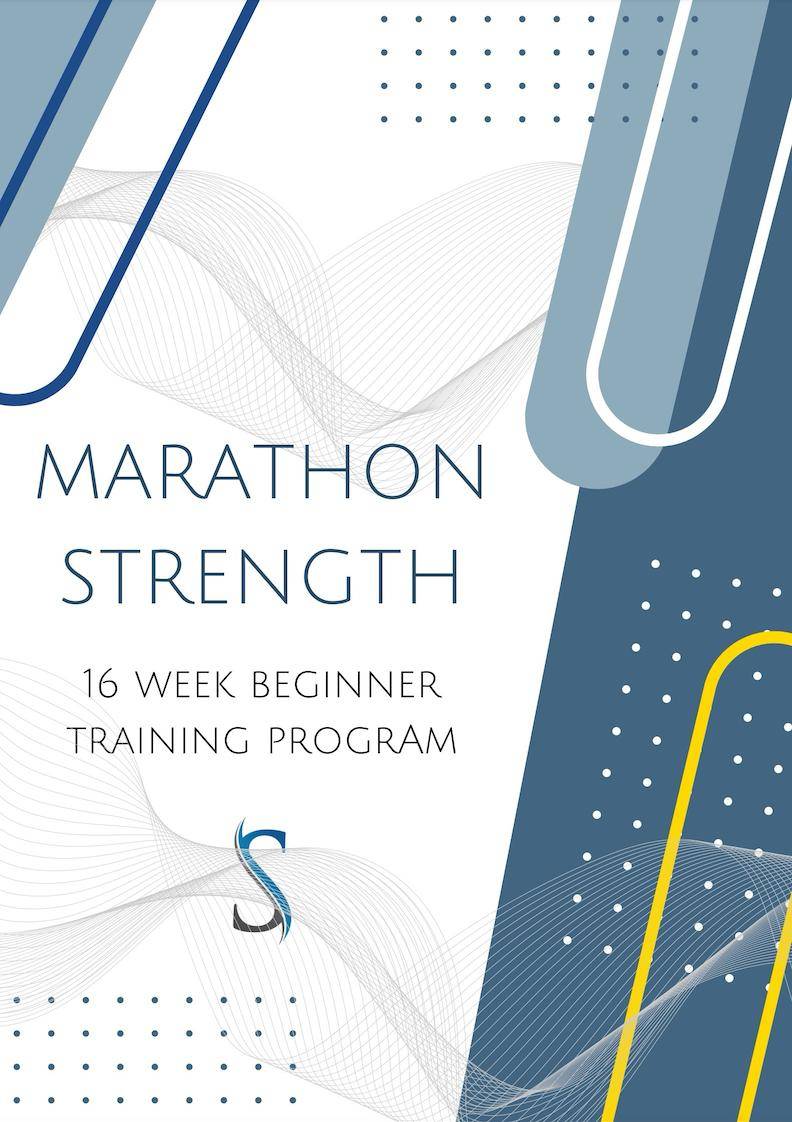
Stretching: Clear as mud.
Stretching is a complicated topic. And like many things, what we know about stretching has changed (and will continue to do so) with time. There is a ton of research that’s been done, and often the result will leave readers with more questions than answers.
Should I stretch?
When should I stretch?
Does stretching make me prone to injury or prevent injury?
How should I stretch?
Is stretching right for me?
The truth is… It depends.
I retired from competitive swimming in 2002. At that time, it was not uncommon to see teams stretching together as a group before practices and competition (either on the pool deck or field). Static stretching, or getting into a variety of positions and holding each stretch for 20-30 seconds to ‘loosen up’ was the standard. In fact, the ACSM (American College of Sports Medicine) continues to recommend daily static stretching to maintain mobility and flexibility.
That said, what we now know is that static stretching can actually be counterproductive. Researchers at the University of Zagreb completed a literature review and found that static stretching before exercise reduced muscular strength and power. It is thought that this is the result of disrupting the nervous system with prolonged holds of stretches.
A muscle is much like a rubber band – it wants to return to it’s resting length when it’s been stretched. In activities like running and jumping, the muscles must immediately lengthen after having been contracted. Over and over and over again. If your muscles are of appropriate length, switching between being contracted and lengthened is no problem. However, if your muscles are short (either due to prolonged positional shortening or some other congenital reason), your muscles are like a taut rubber band, stiff and hard to move. On the other end of the spectrum, if your muscle fibers are lengthened, perhaps you’re hyper mobile, much like an old rubber band, they’ll have a harder time holding a contraction and optimizing their elasticity.
So. How do you know if you should stretch? To make a long story short, you may need to or you may not have to at all. If you’re a person that feels better after stretching, you should do it after a workout when your muscles (rubber bands) are all warmed up. Will this prevent injury? Probably not, but if it feels good after a run, have at it.
What should you do before a run?
The current research supports a dynamic warm up that includes mobility work (movement through a joint’s available range of motion), increase the blood flow to your muscles and joints, and to stimulate the nervous system. Warm ups including jogging in place, spinal mobility and a combination of butt kicks, lateral lunges and high knees have been proven to decrease injury.
At the end of the day, getting in tune with your body and what works or feels good before and after a workout is much more important than the general stretches that you’re used to having seen people do for generations. If you’re not sure if you’re a person that should be stretching on not, get in touch with your PT to set up a good pre-workout routine for you.



